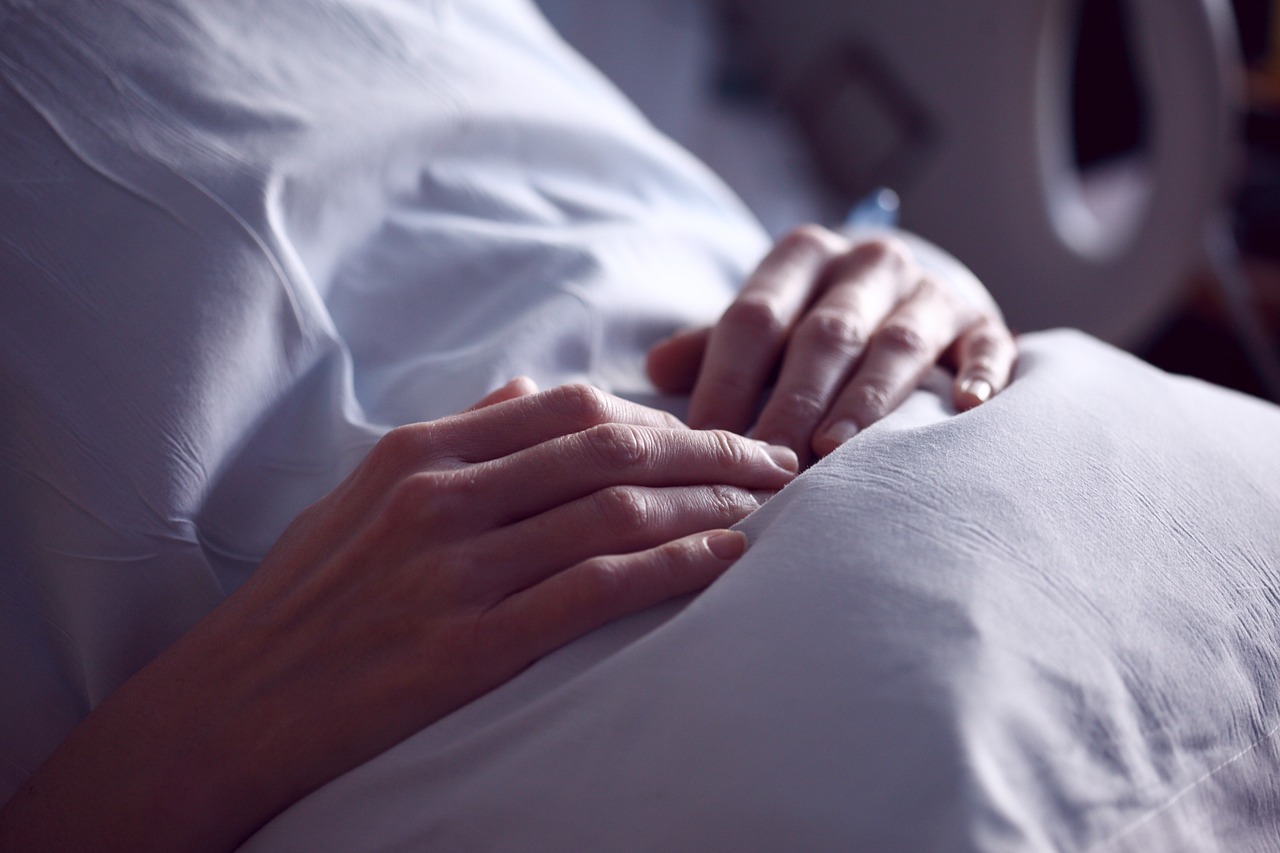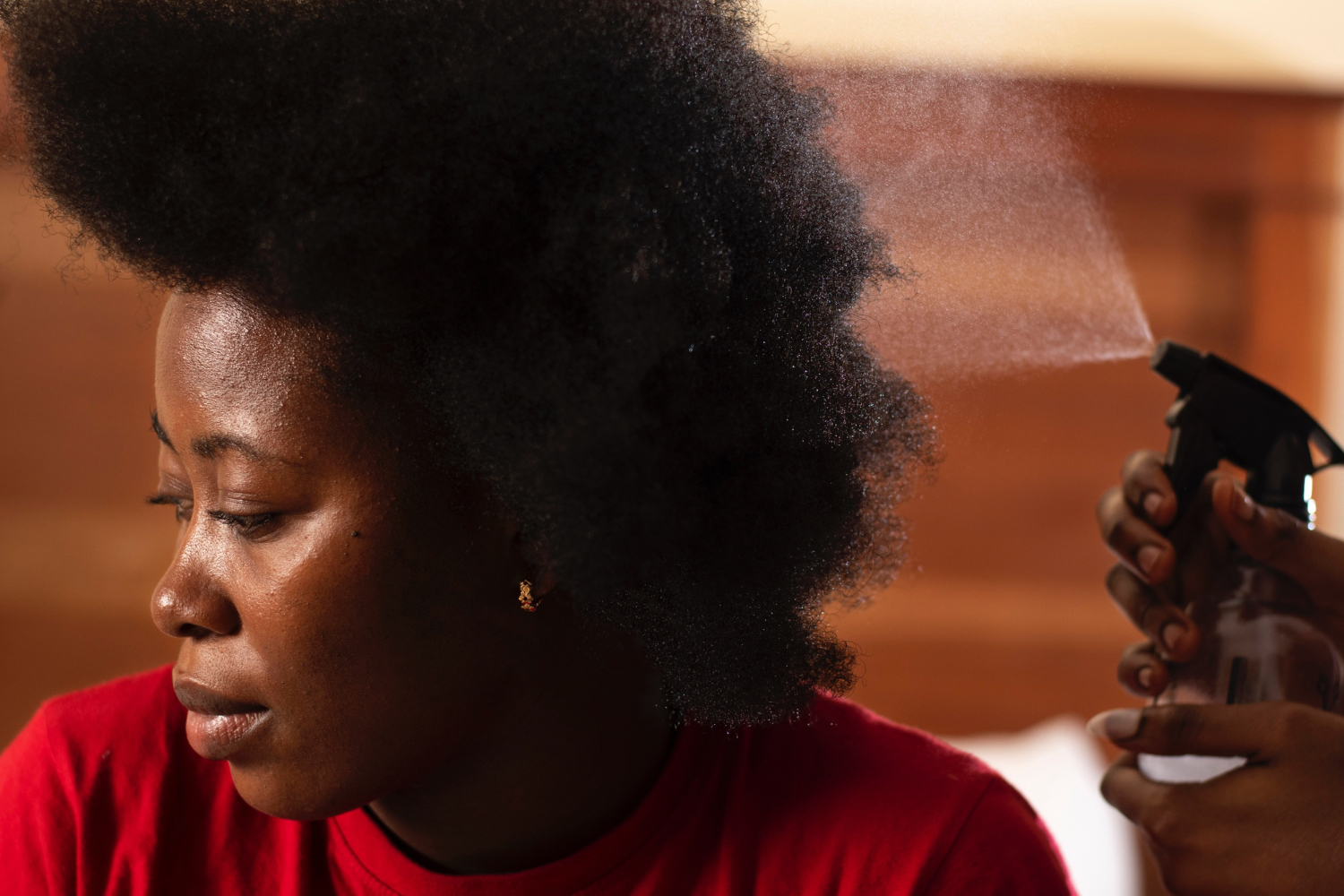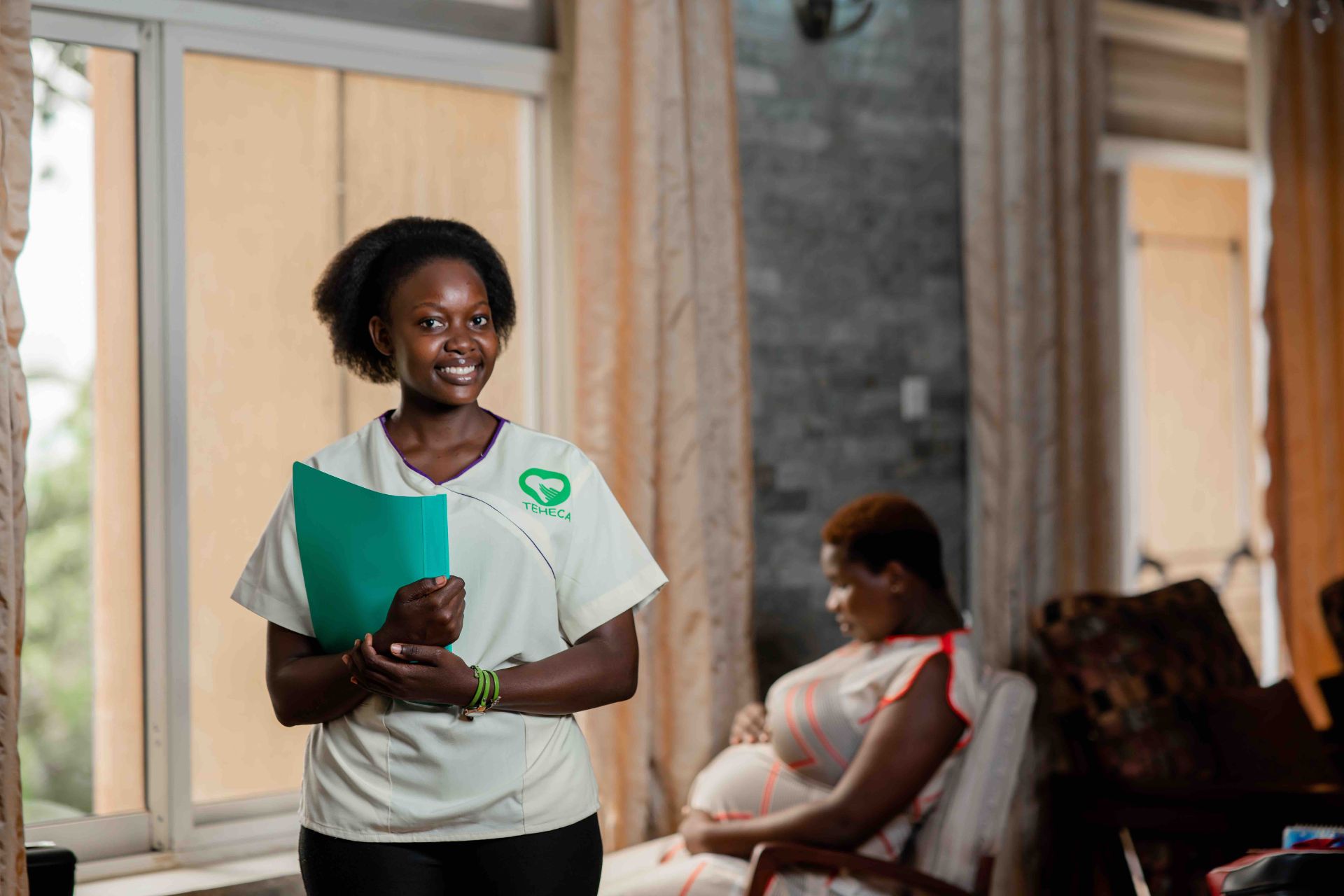Most of the patients apparently including those with special conditions like malnutrition (over weight or under weight) are suffering from would be controlled pressure ulcers due to prolonged immobility. These ulcers/sores worsen the quality of life since these patients have other illnesses they are already battling with.
Lack of movement or being static/ bound in bed / a wheel chair for any reason predisposes someone to many complications which include a productive cough (Hypostatic pneumonia), Blood clots, depression, constipation, weak bones with atrophying muscles due to disuse and among all Pressure Sores/ ulcers.
Are you offering care to a critically ill patient/ malnourished or a wheel chair/ bed bound, patients on long term drugs which cause dizziness/ prolonged bedrest, physically disabled at home / in the hospital or any person with walking or functional immobility then you need to know this about pressure sores
A pressure ulcer/bedsore refers to localised damage to the skin and/or underlying tissue, usually over a bony prominence (or related to a medical or other device), resulting from sustained pressure (including pressure associated with shear). The damage can be present as intact skin or an open ulcer and may be painful
Three main causes of pressure ulcers:
- Pressure: The weight of the body pressing down on the skin
- Shear: The layers of the skin are forced to slide over one another or over deeper tissues
- Friction: Rubbing the skin
Areas to look out for pressure Ulcers are:
Areas to look out for lying back
- Head
- Shoulder
- Elbows
- Buttock
- Heel
- Toes
Lying side:
- Ear
- Shoulder
- Elbow (outer side)
- Hip
- Heel
- Ankle
Lying side:
- Head
- Shoulder
- Sacrum
- Buttock
- Heel
RELATED ARTICLE BY OTHERS: BEDSIDE NURSING CARE FOR BEDRIDDEN PATIENTS
What should you be looking out for?
A pressure ulcer can develop very quickly in just one hour when the blood supply to that area of skin is cut off and pressure is not relieved. It is therefore important to be aware of the signs and keep a close eye whilst in hospital. The first sign is typically a discolouration of the skin. On light-skinned people there may be red patches that do not go away, and on dark-skinned people there may be bluish/purplish patches that do not go away. Further signs include:
- Blisters or damage to the skin
- Patches of hot skin
- Swelling
- Patches of hard skin
- Patches of cool skin
- Localised pain or loss of feeling to an area
A common question from most patients after the discussion
Am I likely to develop a pressure ulcer?
Your risk of developing a pressure ulcer is greatly increased if:
- You are spending long periods of time in bed or sitting in a chair
- You have difficulty moving around and cannot change position
- Poor oral fluid and nutritional intake
- Incontinence(unable to control your urine or Feaces).
- You are seriously ill or had surgery
- You have had a stroke and mobility is poor/reduced
- If you are overweight or underweight
- If you have a bad heart, poor circulation or diabetes
- You smoke(Most smokers smoke in the night and on their beds)
- If you have scar tissue from a previous pressure ulcer
- Those receiving End of life Care in Intensive Care Units and Hospice & Palliative Care Units
N.B. Also keep an eye out for any external devices that may cause pressure damage including Mackintosh (plastic papers), poorly positioned Tubes like urethral catheters glasses, splints and footwear.

Are you in need of dedicated in home professional Palliative Care for your patient, Teheca helps families book qualified nurses who care for patients are home or in hospital.
Get the care you need for your loved one today, For accelerated recovery and cost saving, get started link
How to avoid a pressure ulcer
- Regularly change position & check your skin for any signs of damage
- If able, have a short walk to increase blood flow and tone up the muscles
- If not able to move self, should have assistance with re-positioning every 2-4 hours (depending on skin integrity)
- Take care not to get crumbs in bed
- Eat a well-balanced diet and drink plenty of fluids
- Do not roll down anti-embolic stockings if wearing
- If incontinent, speak to nursing staff for advice
- If in an armchair or wheelchair, try relieve the weight off your bottom every 15 minutes
- Avoid rubbing or massaging your skin
- Avoid talcum powder as this can dry out your skin
- Think of adult pampers although you should not allow them over soak.
- While taking a bed birth massage all the above susceptible pressure points and apply a simple jelly to improve blood supply and avoid friction.
- Monitor indwelling Tubes of life as the may accidently predispose you to Pressure Ulcers.
What can you expect from us (Medical Team)?
- Upon admission to any hospital, you will have had an initial risk assessment completed. Patients will also undergo further risk assessments post-surgery and if their condition changes at all. Measures will be put in place for you if deemed at high risk of pressure damage:
- High specification foam mattresses to reduce the pressure on high risk areas of the body
- Encouragement to regularly change position or regular assistance to change position if required
- Skin assessment by a trained healthcare professional
- Nutritional assessment and monitoring of intake
- A discussion with your nurse/midwife who will involve you in the care planning and allow you time to make informed decisions about your own care and treatments
- You may be provided an air bag and several pillows according to your position.
About the Author:

Brian Nambale is Clinical Case Manager at Medicure Trauma Centre-Nabumali, RCN, Medical Student (MUK),
LCV Councillor Mbale District,
Member of the Health & Education Committee and an Independent Medical Writer.
Interested in contributing our professional care blog? submit your article to info@teheca.com.
Follow us on our social media Twitter, Facebook






Leave a Reply